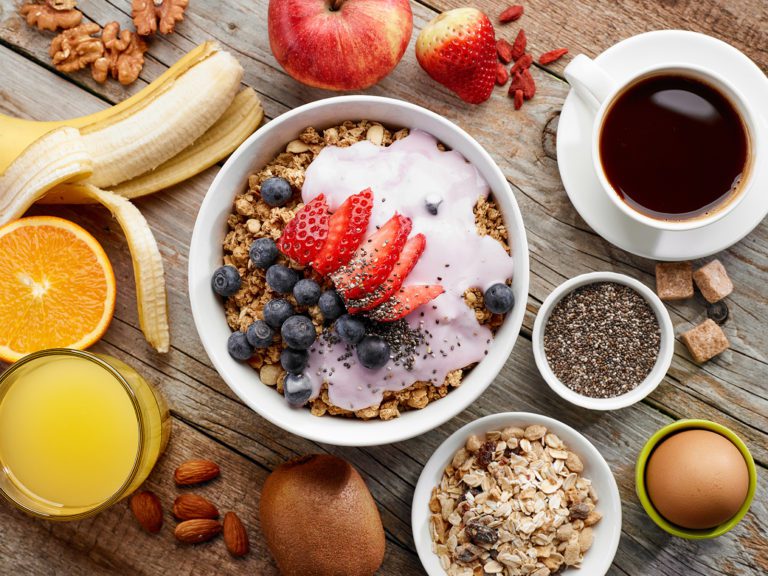
What should I eat before a workout or training session?
Athletes often wonder what they should eat before working out. Here are seven fantastic pre-workout meals and snacks.


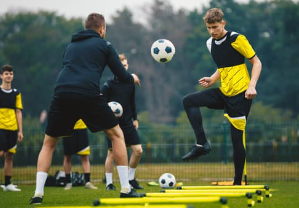
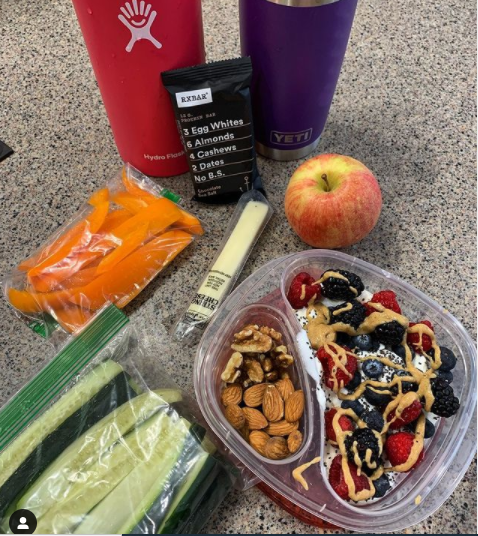

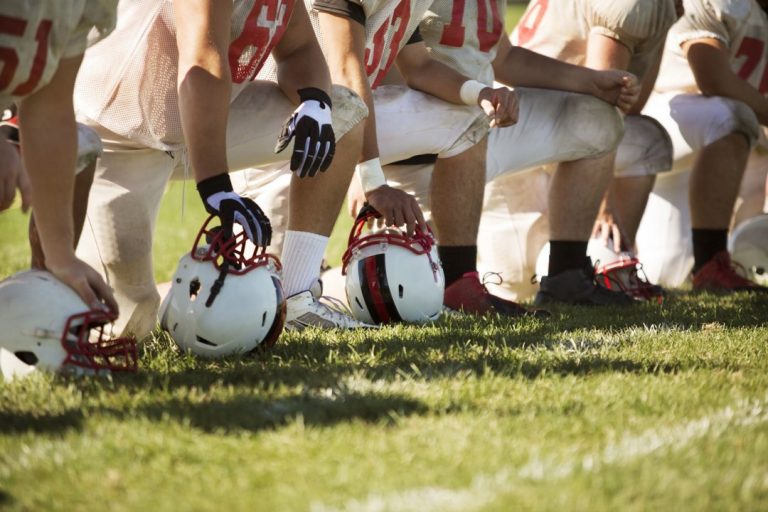
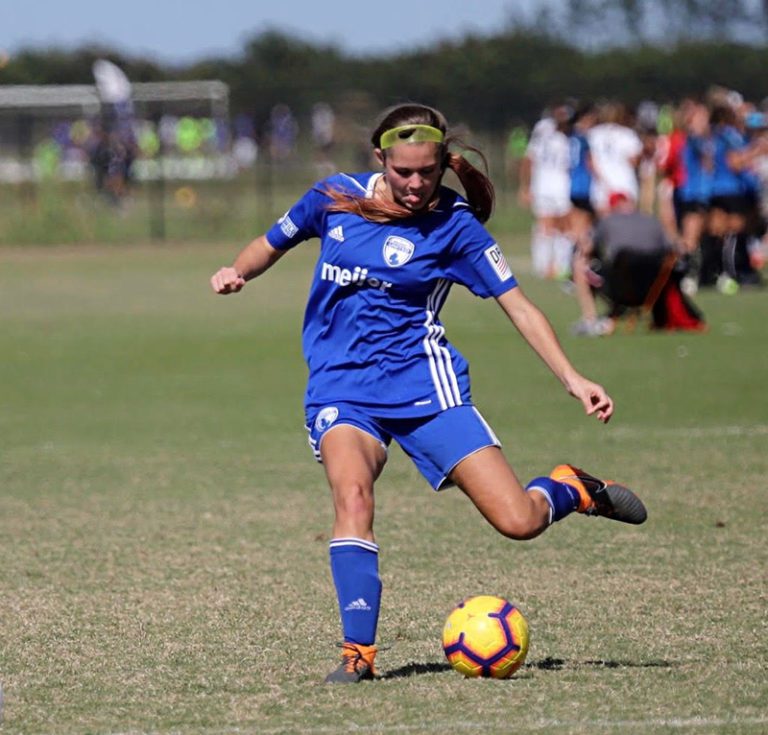

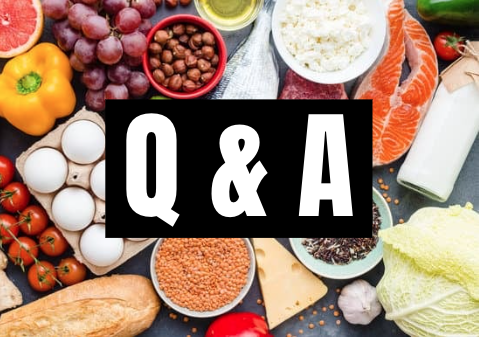


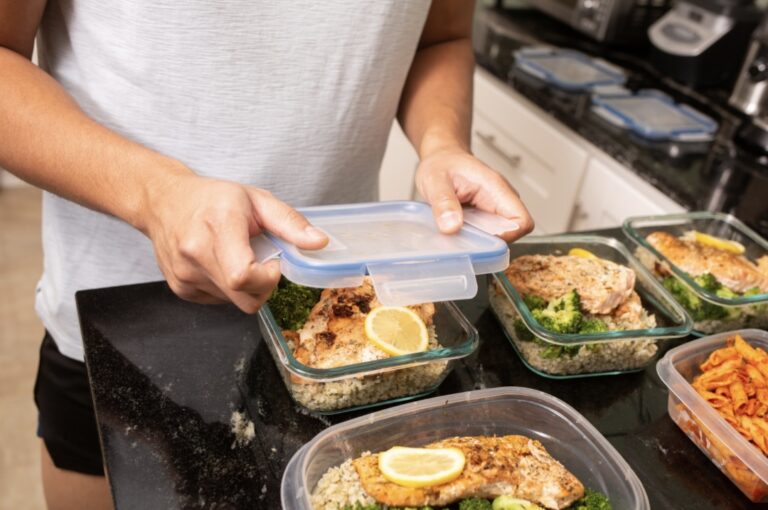
For athletes, proper nutrition is the cornerstone of peak performance. Whether you’re a student athlete, seasoned competitor, or a weekend warrior, meal prepping can be a game-changer when it comes to meeting your nutritional needs. Here are five key tips…